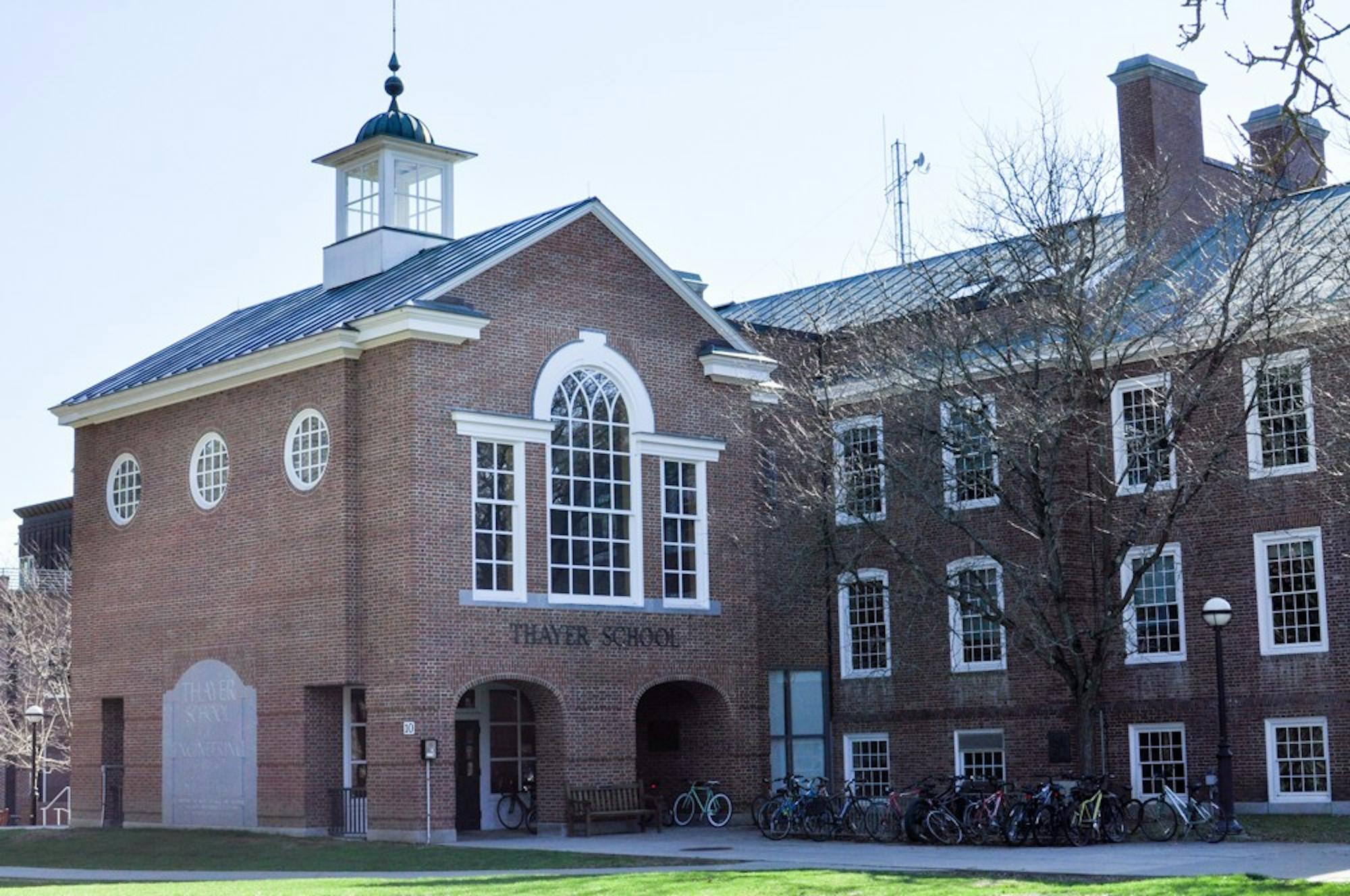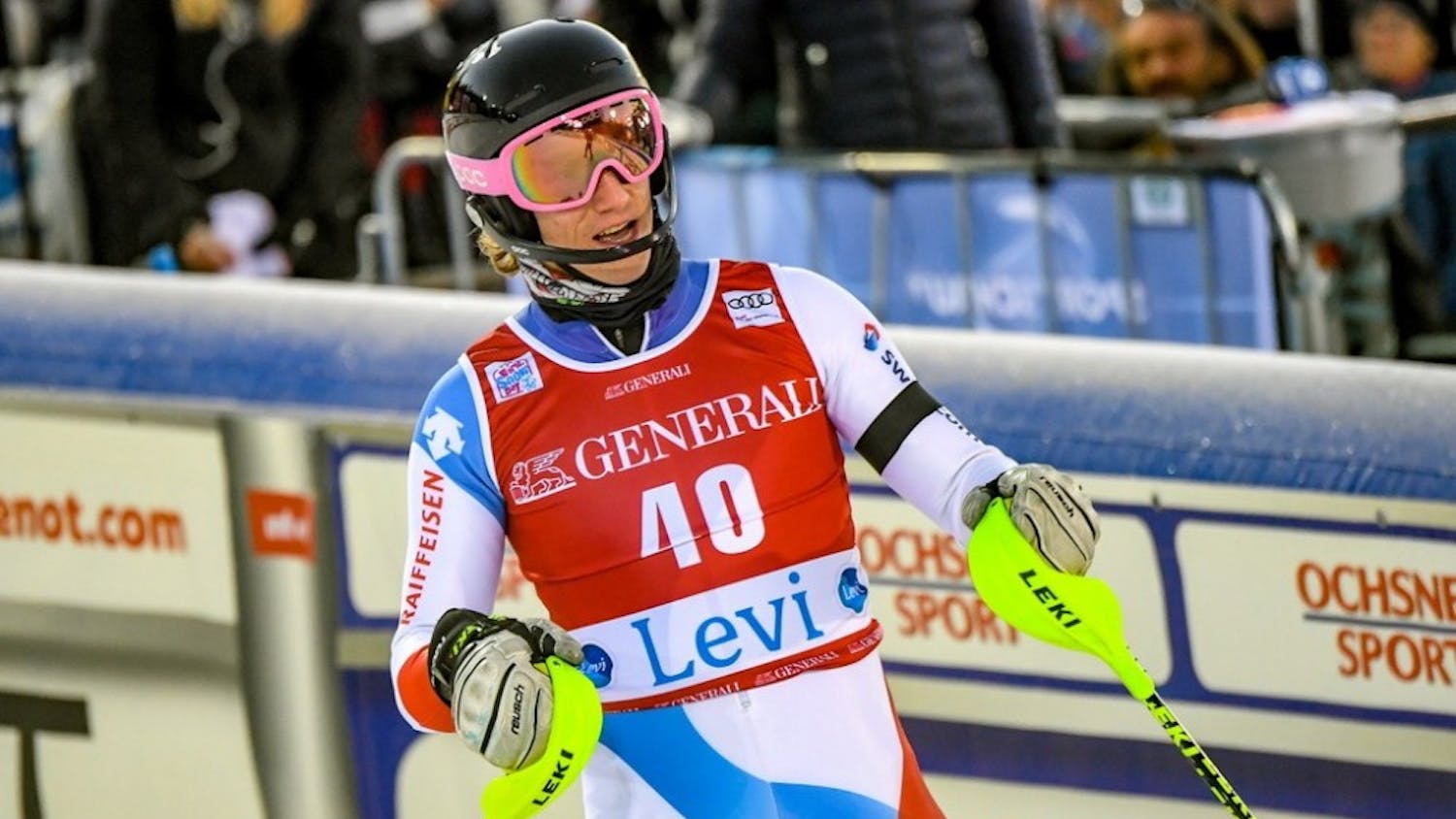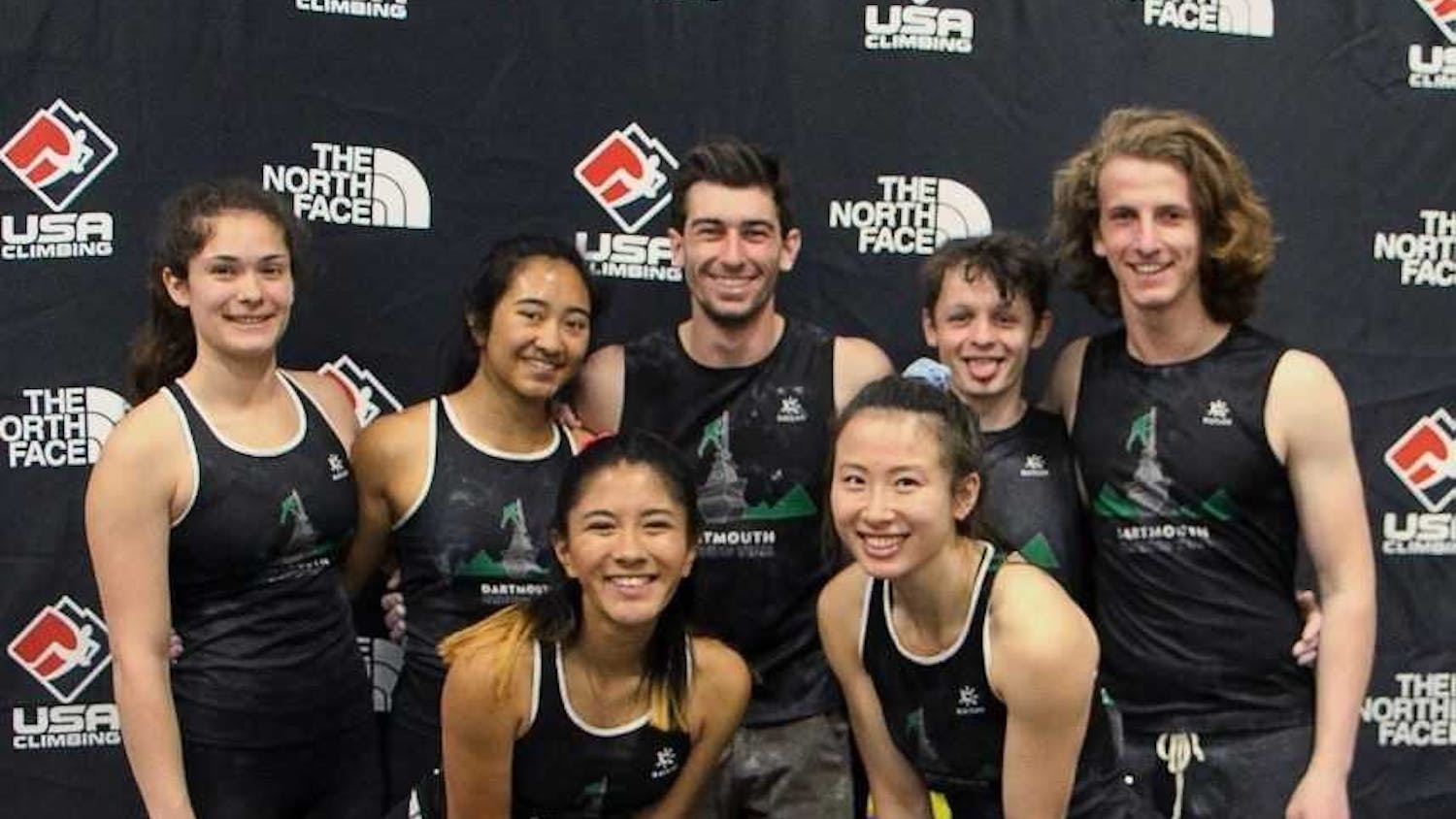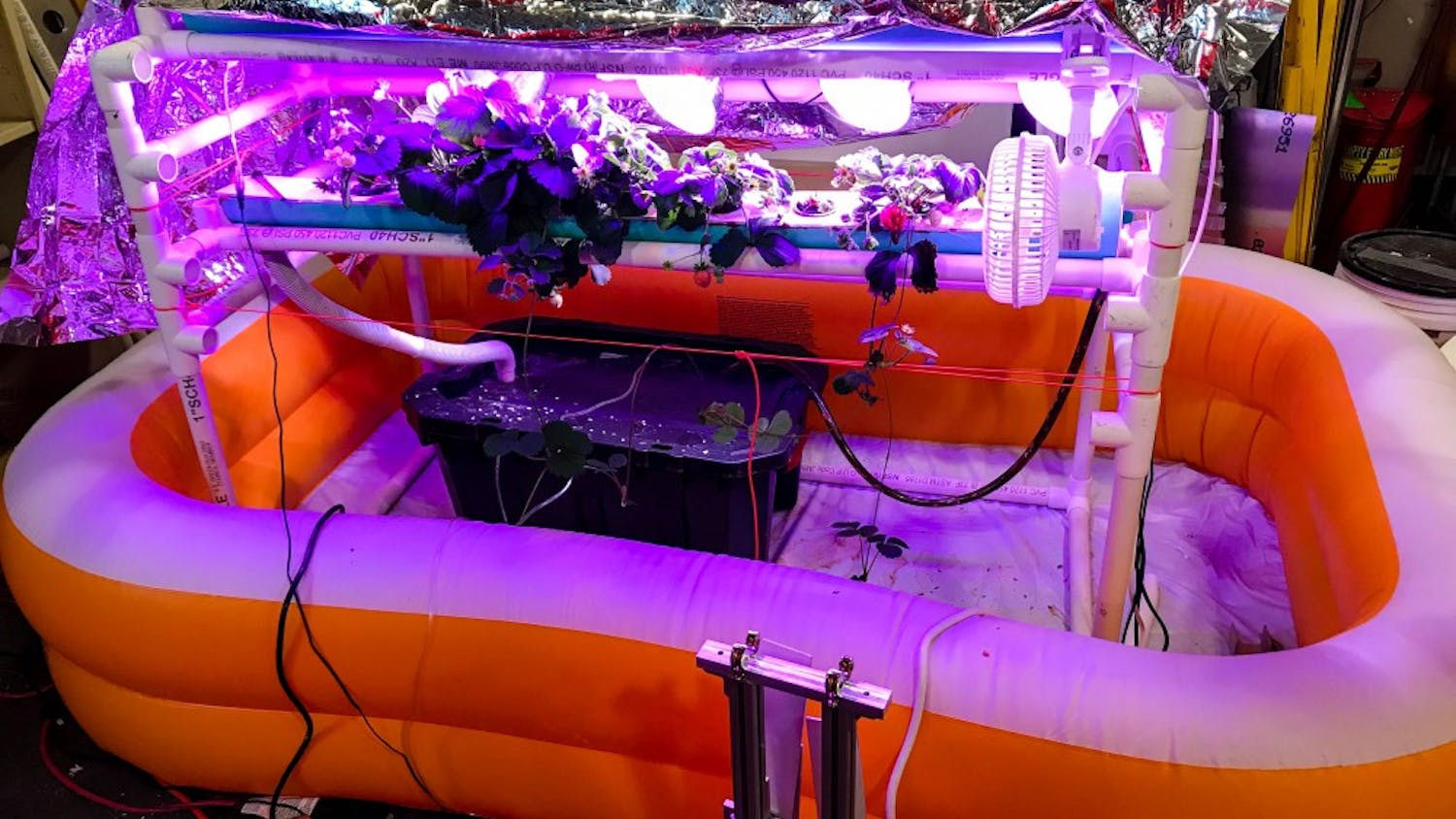For the second consecutive year, engineering students from the Thayer School of Engineering have reached the final round in NASA’s Breakthrough, Innovating, and Game-Changing (BIG) Idea competition. The team — comprised of undergraduate students Chris Lyke ’21, Marguerite Genereux ’21 and Grace Player ’21, and graduate students Adam Gronewold, Austin Lines and Joshua Elliott — are working with engineering professor Laura Ray to develop a series of robots to support exploration of permanently shadowed regions of the Moon.
The idea, dubbed “Strategic Highly-compliant Roving Explorers of other Worlds (SHREWS),” is inspired by shrews — small, mole-like mammals that latch onto each other’s tails in order to move quickly as a unit. The robots being developed by the team would have the capability to latch on to each other, which would lessen the probability of the robots getting stuck or having to be rescued.
According to Ray, the team’s focus in this year’s competition is on mobility in the polar regions of the moon. Ray said that these regions may possess water ice and other valuable resources needed for future human exploration of the Moon. Gronewold, the graduate student project lead, added that these regions provide extra challenges, as the polar regions of the moon are always in shadow and are hard to communicate with via satellites.
“It’s much more difficult to control simply because you can’t continually send a signal to the robot to tell it what to do,” Gronewold said. “If the vehicle gets immobilized in the crater, there’s next to nothing you can do.”
Rather than focus on building one vehicle, the team has instead decided to use a series of robots that can latch onto one another. According to Ray, this approach was inspired by her research on vehicle mobility in the Arctic. Ray added that because both polar regions and the Moon have similarly soft terrains where a robot can get stuck, it made sense to use a series of smaller vehicles instead.
“Every robot has its own individual mobility, but if one gets stuck, you can push or pull them out,” Ray said. “We also can use this to create larger vehicles, with different modes of mobility like repelling.”
According to Gronewold, the team has only completed the proposal phase of the project and will now begin to work on the design of the robot itself. Ray said that the team will need to select a model crater on the moon and build two Earth analog vehicles. However, Ray also noted that the vehicle will have to be designed with lunar gravity and mass requirements in mind, as the final weight must be 15 kilograms or less.
In addition to being named a finalist in the competition, Gronewold said that the team will also receive an $83,000 grant from NASA to help develop the project. He added that the team will go to NASA’s Glenn Research Center in Cleveland in November to present its final prototype.
According to Ray, if the team is named the winner, its idea will be considered for NASA’s upcoming Artemis missions to the Moon. Gronewold added that last year’s team that won the BIG Idea Challenge for a design of a greenhouse on Mars is currently being evaluated by NASA for viability on future missions there. However, Gronewold also added that NASA will not automatically use their ideas, and will instead refine them further to meet the needs of their missions.
“We were only funded $83,000 — I know that sounds like a lot, but in terms of interplanetary rollovers, that’s next to nothing,” Gronewold said. “What they will do after that is still [to] take the ideas from different universities and see if they can use that to advance the things they’re already thinking about.”
Player said the dynamic between graduate and undergraduate students was positive.
“The graduate students we’ve been working with are all really brilliant in their fields, so that’s been kind of intimidating,” Player said. “What’s been really nice is that they have such a wealth of knowledge in building robots and designing them, so it’s been really nice being on a team where there’s both undergraduates and graduates who know what they’re talking about.”




